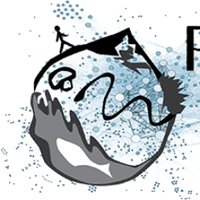Joint species distributions reveal the combined effects of host plants, abiotic factors and species competition as drivers of species abundances in fruit flies
This article has been Reviewed by the following groups
Listed in
- Evaluated articles (Peer Community in Ecology)
Abstract
The relative importance of ecological factors and species interactions for shaping species distributions is still debated. The realised niches of eight sympatric tephritid fruit flies were inferred from field abundance data using joint species distribution modelling and network inference, on the whole community and separately on three host plant groups. These estimates were then confronted the fundamental niches of seven fly species estimated through laboratory‐measured fitnesses on host plants. Species abundances depended on host plants, followed by climatic factors, with a dose of competition between species sharing host plants. The relative importance of these factors mildly changed among the three host plant groups. Despite overlapping fundamental niches, specialists and generalists had almost distinct realised niches, with possible competitive exclusion of generalists by specialists on Cucurbitaceae. They had different assembly rules: Specialists were mainly influenced by their adaptation to host plants, while generalist abundances varied regardless of their fundamental host use.


